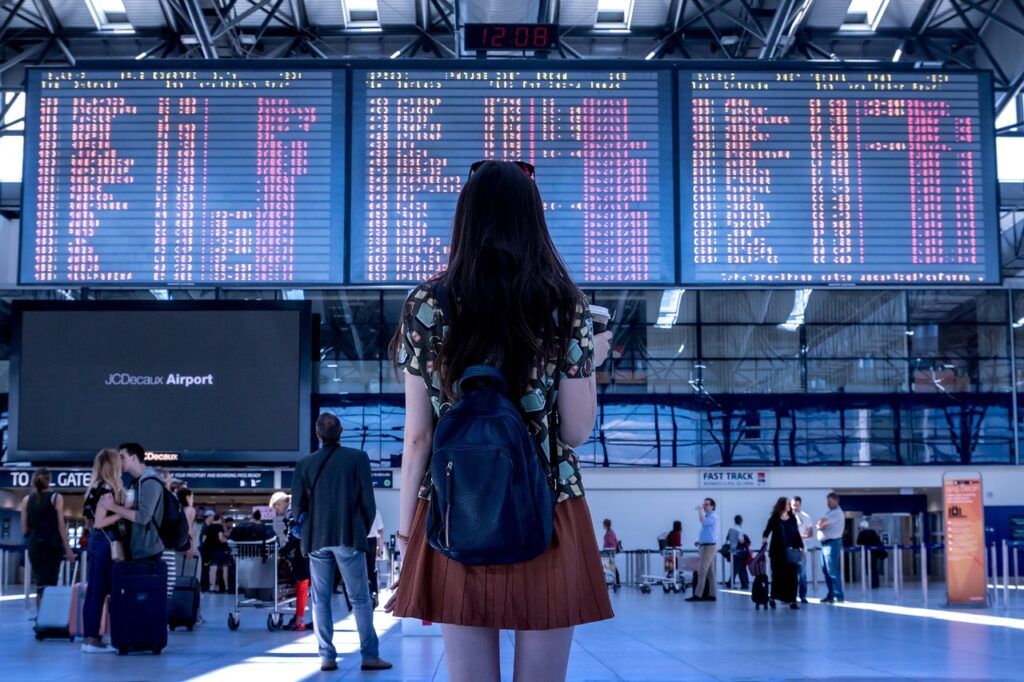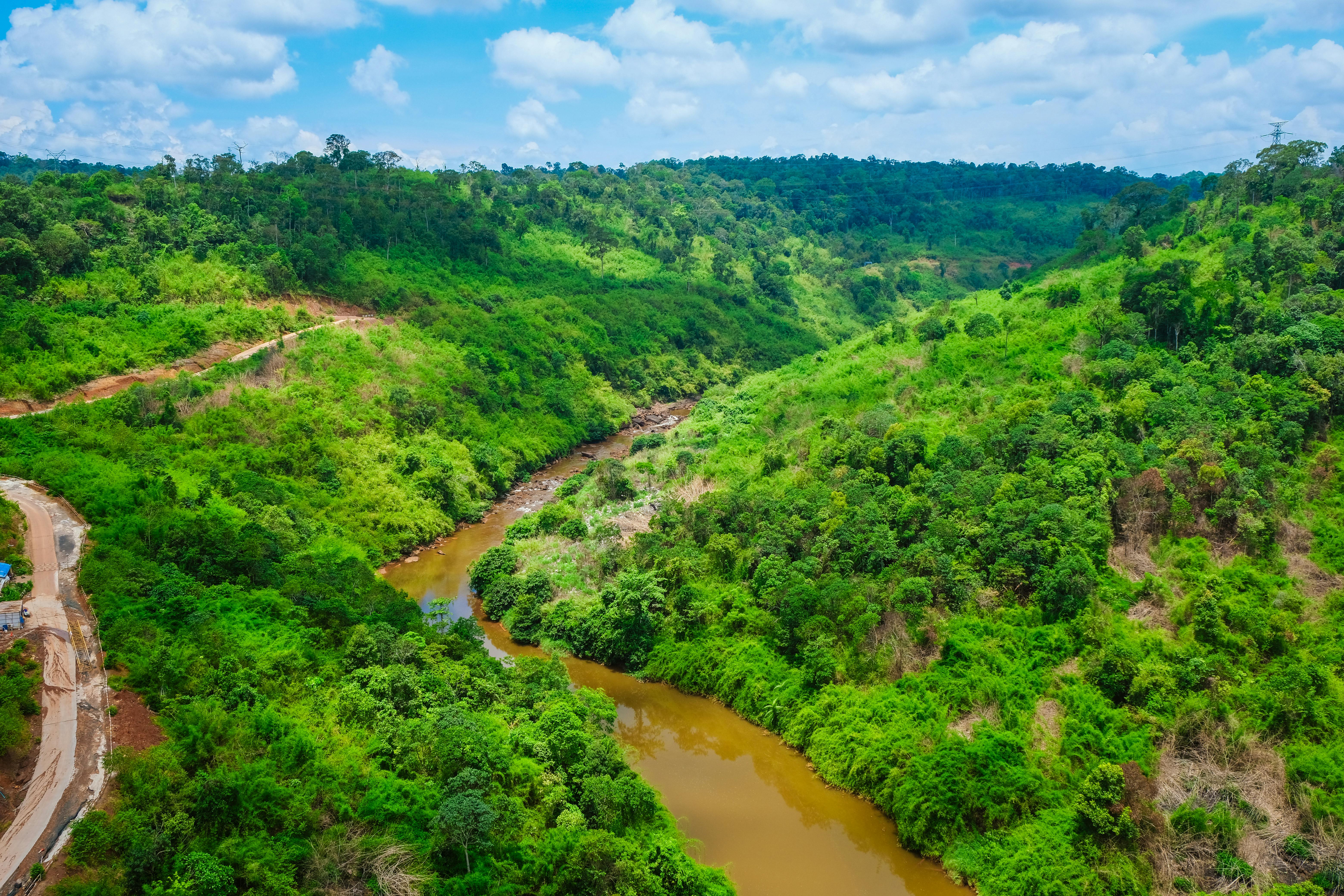
Deep within the lush, verdant landscapes of Cambodia, far away from the well-trodden tourist routes, lie ancient temples that offer visitors a chance to experience a profound spiritual connection with nature and history. These hidden sanctuaries, encircled by dense forests and cascading waterfalls, serve as silent guardians of heritage and faith. They whisper stories of a forgotten past and spiritual renewal, inviting seekers to explore layers of cultural and spiritual identity that have shaped this mystical landscape.
While the majestic Angkor Wat may draw global attention, a wealth of lesser-known ancient temples is scattered across the country, waiting to be explored. This guide takes you off the beaten path to uncover Cambodia’s hidden gems—temples that are equally breathtaking but far less crowded. Whether you are an avid history buff, an intrepid traveler seeking unique experiences, or simply someone who loves awe-inspiring architecture, these sites provide a glimpse into the grandeur of the Khmer Empire without the usual throngs.
The journey to these mystical sanctuaries is imbued with a rare sense of discovery, as the path itself is as significant as the destination. From entering secluded groves to encountering overgrown carvings that still hold their original grace, each step is a deeper immersion into a world where nature and spirituality coalesce. The ambient sounds of rustling leaves and distant bird calls add their own rhythm to these ceremonial spaces, reinforcing the sense that these temples are meant for meditation and inner peace.
1. **Beng Mealea: The “Indiana Jones” Experience**About 40 kilometers east of Angkor Wat, Beng Mealea unfolds as a sprawling temple complex that immediately transports visitors into an adventure movie. This 12th-century marvel is encased in jungle overgrowth, offering a raw and mysterious vibe that stands apart from more meticulously restored sites. It presents a vivid tableau where nature has slowly, gracefully reclaimed human artistry.
Unlike its more famous counterparts, Beng Mealea has been left largely unrestored, allowing travelers to witness the temple in its natural, crumbling state. Here, maze-like corridors wind through ancient stone, collapsed galleries hint at past grandeur, and jungle vines weave their way through every available crevice. This organic integration of stone and foliage creates an unparalleled sense of discovery.
The journey to Beng Mealea typically involves a 1.5-hour drive from Siem Reap, with tuk-tuks or private cars being the recommended mode of transport. This relative remoteness contributes to its secluded charm, ensuring a more intimate exploration for those who venture here. The temple’s entry fee is $5, separate from the main Angkor Pass.
Exploring Beng Mealea is a truly immersive experience, inviting you to clamber over fallen stones and navigate shaded passageways. It is a place where every turn reveals a new vista of ancient architecture merging seamlessly with the wild. The quiet whispers of the jungle provide a constant backdrop, enhancing the feeling of uncovering a long-lost civilization.
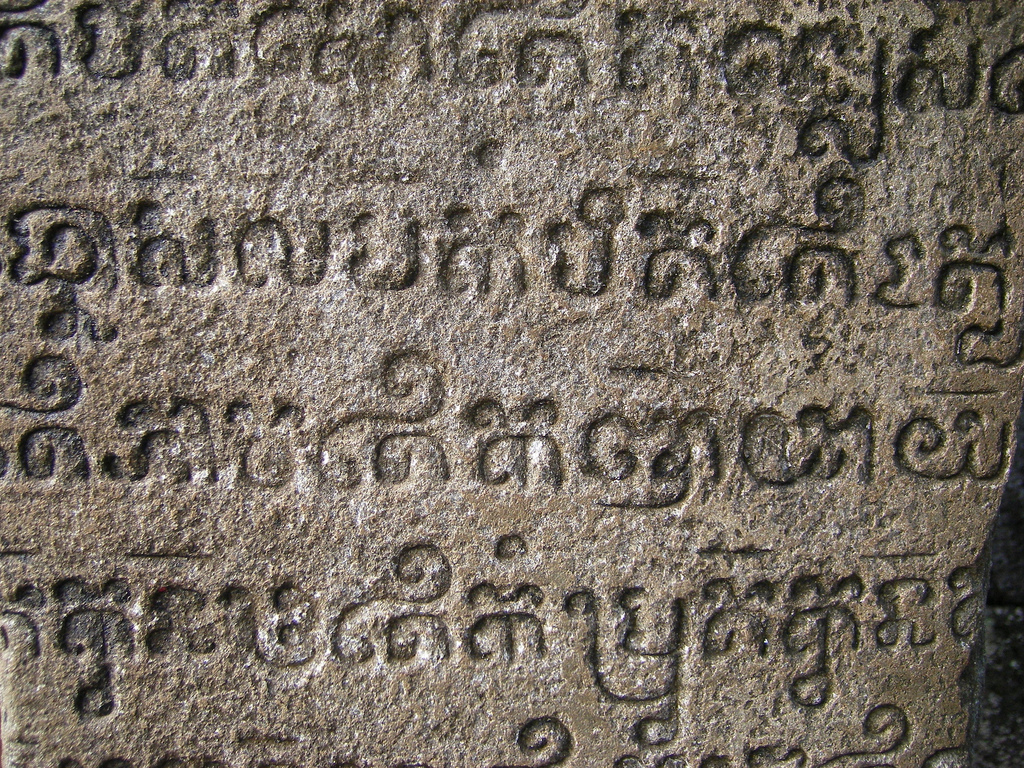
2. **Koh Ker: A Pyramid in the Jungle**Once serving as the brief capital of the Khmer Empire from 928 to 944 CE, Koh Ker is an extraordinary archaeological site located approximately 120 kilometers from Siem Reap. This vast complex is home to over 180 temples, many of which still remain hidden within the dense, encircling forests, offering a true sense of exploration for intrepid travelers.
The undeniable highlight of Koh Ker is Prasat Thom, a magnificent seven-tiered pyramid that rises dramatically above the jungle canopy. Its steep, angular design sets it apart from the more typical temple architecture seen elsewhere in Cambodia, reflecting a distinct style from its short-lived reign as the empire’s center. Climbing this imposing structure rewards visitors with breathtaking panoramic views of the sprawling jungle below.
After its period as capital, life gradually returned to Angkor, leaving Koh Ker to the silent embrace of nature. This historical shift has resulted in fewer trucks and buses visiting the site, preserving its grounds and allowing the intricate details of its stones to retain their sharp clarity. One can almost feel the echoes of ancient kings walking these paths.
The journey to Koh Ker is best undertaken by private car, given its distance from Siem Reap. While the main pyramid’s steps are notably steep, potentially challenging for those with a fear of heights, the reward of the expansive vista is truly unparalleled. The entry fee for this remarkable site is $10 per person, a small price for such a profound encounter with history.
This remote location ensures that crowds are kept at bay, allowing visitors the rare privilege of feeling like genuine temple scouts. The crumbling walls and quiet paths provide exceptional opportunities for photography, capturing the timeless beauty of a major historical site without the distractions of modern tourism. It is a powerful reminder of the empire’s vast reach and diverse architectural achievements.
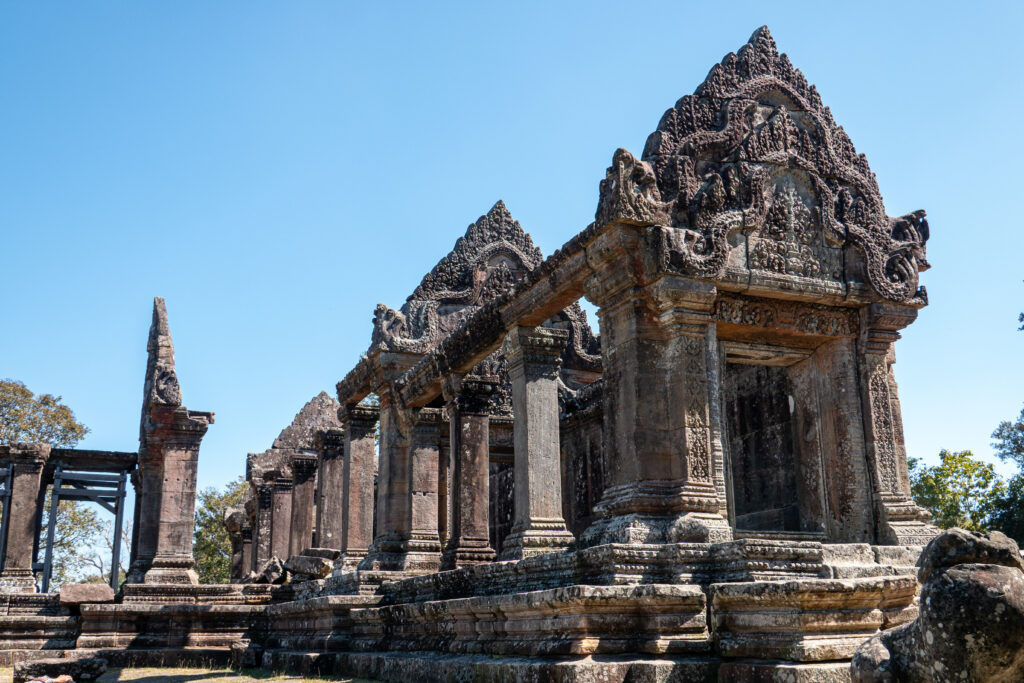
3. **Preah Vihear: A Mountaintop Marvel**Perched majestically atop the Dangrek Mountains, near the Thai border, Preah Vihear is a UNESCO World Heritage Site renowned for its jaw-dropping views and profound historical significance. This extraordinary temple, built during the Khmer Empire, is dedicated to the Hindu god Shiva and unfolds with a unique linear layout across its dramatic mountain setting.
The temple’s design is a marvel of ancient engineering and artistic expression, featuring intricate carvings that tell stories of Hindu mythology and royal devotion. Its position offers sweeping vistas of the surrounding lowlands, creating an atmosphere of serene reverence that complements its stunning architectural details. The sense of being on top of the world, gazing out over an endless expanse of green, is truly invigorating.
Due to its more remote location, Preah Vihear typically attracts fewer tourists than the central Angkor complex, providing a tranquil experience for those who make the journey. This allows for a deeper appreciation of its spiritual ambiance and the quiet power of its ancient stones. The mountaintop setting fosters a unique feeling of peace, connecting visitors to the vastness of both nature and history.
Reaching Preah Vihear is an adventure in itself, involving a scenic four-hour drive from Siem Reap, with 4WD vehicles often required for the final, steep ascent up the mountain. The effort is immensely rewarding, culminating in the breathtaking sight of the temple against the sky. An entry fee of $10 per person grants access to this spectacular historical and natural wonder.
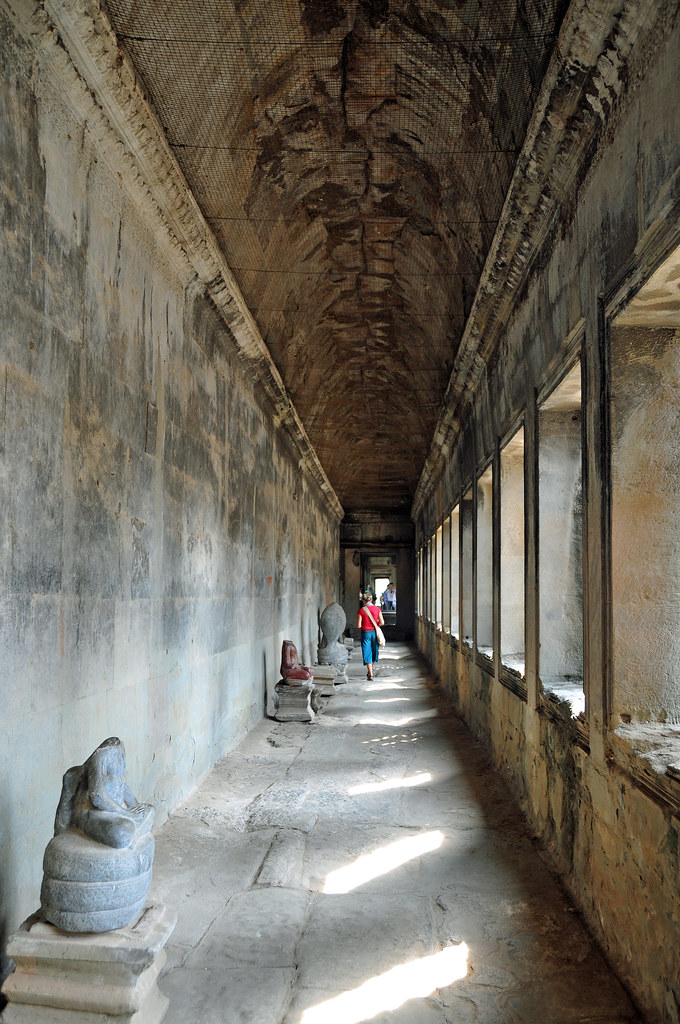
4. **Wat Ro Ka Kandal: Cambodia’s Wooden Wonder**For those seeking something truly rare and distinctive, Wat Ro Ka Kandal stands as one of Cambodia’s few remaining wooden temples. Constructed in the late 1690s and subsequently renovated in the 1800s, this site offers a completely different architectural style compared to the ubiquitous stone buildings found across most Khmer archaeological sites. It is a testament to the empire’s varied building traditions.
The wooden walls and posts of Wat Ro Ka Kandal showcase astonishing craft skills, with intricate carvings that tell ancient stories through a medium far less common than stone. These delicate details, preserved over centuries, offer a unique glimpse into the artistic expressions and narrative traditions of the Khmer people, emphasizing a connection to nature through the materials used.
Adding to its special and living feel, this temple remains an active place of worship, regularly used by local monks. Most conventional tours tend to bypass Wat Ro Ka Kandal, making it an ideal destination for travelers who desire quiet introspection, unhurried exploration, and truly peaceful photographic opportunities away from the crowds.
An expert tip for visiting this wooden wonder is to arrive early in the morning when the monks begin their daily rituals. This allows for the most peaceful shots and offers the advantage of cooler temperatures, enhancing the contemplative atmosphere. Experiencing this unique wooden sanctuary provides a profound connection to Cambodia’s spiritual heritage and its enduring traditions.”
Continuing our odyssey beyond the well-trodden paths, the heart of Cambodia reveals further enigmas—sanctuaries that resonate with untold stories and stand as silent sentinels of a profound past. These next four temples are not merely ruins; they are vibrant testaments to human ingenuity and spiritual devotion, harmoniously intertwined with the raw beauty of the jungle. Prepare to delve deeper into the narrative of the Khmer Empire, where each discovery offers a unique perspective on a civilization that mastered both monumental architecture and a subtle reverence for the natural world.
5. **Preah Khan Kampong Svay: The Remote Giant**Far from the main Angkor area, almost unheard of by most tourists, lies Preah Khan Kampong Svay, a colossal temple complex that embodies the spirit of genuine exploration. The journey to this vast site may demand a longer commitment, winding through remote landscapes, but the rewards for those who undertake it are immeasurable. Here, the sheer scale of the ruins, partially yielded to the jungle’s embrace, creates an atmosphere of epic historical grandeur, inviting visitors to ponder the immense ambition of its ancient builders.
What truly distinguishes Preah Khan Kampong Svay is the presence of something truly one-of-a-kind: a standing Avalokitesvara statue from ancient times. This remarkable sculpture is not merely an artifact; it is a spiritual anchor, a tangible link to the devotional practices of centuries past, and you won’t find another like it in all of Cambodia! To encounter such a unique artistic and religious expression in this secluded setting is to witness a profound convergence of human creativity and spiritual aspiration, deeply enriching the visitor’s understanding of Khmer artistry.
The considerable distance required to reach this site serves a magnificent purpose: it naturally filters out the crowds, allowing for an incredibly intimate and reflective experience. This isolation lets you feel like a real temple scout, wandering through crumbling walls and quiet paths where the only sounds are those of nature. The absence of modern distractions provides exceptional opportunities for photography, capturing the timeless beauty of a major historical site without the usual throngs, allowing the intricate details of the stonework to truly shine.
As an expert tip, venturing to Preah Khan Kampong Svay necessitates foresight. Given the remote location, shops and amenities are not readily available, making it essential to bring an ample supply of water, snacks, and sun block to ensure your comfort throughout the exploration. Thinking ahead about your personal needs will significantly enhance your appreciation of this extraordinary, untouched marvel. For those eager to delve deeper into Khmer history and witness this rare site, specialized tours can often incorporate this stop, transforming a standard historical journey into an unforgettable adventure of discovery.
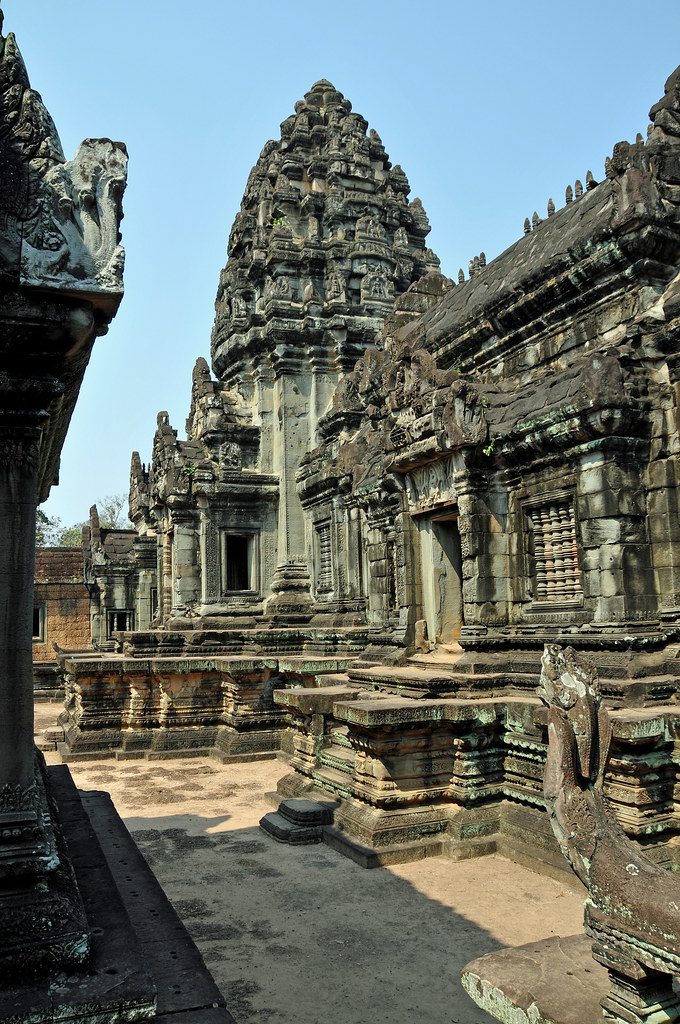
6. **Kulen Mountain Temples: Sacred Heights**While many visitors to Kulen Mountain are drawn to the iconic river with its 1000 small carvings, a hidden world of overlooked temples awaits deeper in the verdant woods. This sacred mountain, more than just a scenic vista, harbors a collection of small shrines that eloquently narrate how ancient Khmers worked in profound harmony with nature. These sites are not about monumental scale but about a delicate integration, where spirituality finds its expression amidst the contours of the landscape itself.
These unassuming shrines beautifully blend with the towering trees and natural rock formations, creating sanctuaries that feel inherently part of the environment. Some spots are cradled near serene streams, their stones washed by flowing waters, while others perch dramatically on cliffsides, offering breathtaking views that inspire quiet contemplation. This symbiotic relationship between human construction and the untamed wilderness creates an atmosphere of profound tranquility, a living testament to a civilization that understood the sacredness of both earth and spirit.
The unique mix of natural beauty and ancient stones makes this area truly special, inviting a different kind of exploration. Hiking through cool, shaded forest paths becomes a journey of discovery, leading to temples tucked away from the main tourist circuits. Each step further into the jungle unveils a new facet of this spiritual landscape, revealing sanctuaries where the whispers of history mingle with the rustling of leaves, offering a deep immersion into a realm of peace and discovery that feels both ancient and eternally present.
For those preparing to explore these sacred heights, a practical expert tip is to wear good, sturdy shoes, as the paths can often be slippery, especially during the wetter seasons. Additionally, packing bug spray for the jungle treks is highly advisable, ensuring a more comfortable and uninterrupted experience. By embracing these preparations, visitors can fully immerse themselves in the serene beauty and historical depth of Kulen Mountain, allowing for a truly enlightening encounter with Cambodia’s enduring spiritual heritage, a journey that seamlessly blends the thrill of adventure with moments of serene reverence.

7. **Phnom Chhnork: The Cave Temple**Prepare for an utterly unique experience at Phnom Chhnork, a truly strange and captivating temple nestled within a natural cave, making it unlike any other sacred site in Cambodia. This ancient marvel stands as one of the oldest Hindu sites in the country, revealing profound religious roots that predate even the famous Angkorian era. To step inside is to enter a world where the earth itself becomes the temple, a powerful testament to the ingenuity and spiritual depth of early Khmer civilization, showcasing a building tradition that is both primal and deeply revered.
The cool cave air offers a welcome respite from the tropical heat, creating an otherworldly atmosphere as you explore. Here, massive stalactites hang like silent guardians above ancient stones, contributing to the truly weird and wonderful ambiance of the spot. Sunlight, filtering through small openings in the cave ceiling, streams down in golden rays, illuminating Buddha figures and ancient carvings with a ethereal glow. This natural light play transforms the cavern into a dynamic, living sanctuary, where shadows dance with history and light reveals layers of forgotten devotion.
This site masterfully blends nature’s raw, organic artistry with human craft, where the very cave walls frame old ruins in ways no builder could ever meticulously plan. The natural contours of the rock become an intrinsic part of the temple’s structure, creating an architectural dialogue between geological time and human endeavor. It’s a remarkable example of how ancient cultures deeply respected and integrated their spiritual spaces within the natural environment, turning a natural wonder into a profound place of worship.
An expert tip for truly experiencing Phnom Chhnork is to bring a small flashlight. This will allow you to illuminate darker corners where ancient carvings and subtle details might otherwise remain hidden from plain sight, revealing more of the temple’s intricate history. While reaching this unique cave temple requires careful planning, dedicated tour teams can arrange custom trips to these far-flung spots, ensuring that intrepid travelers can uncover this extraordinary blend of natural wonder and ancient spirituality, making for an unforgettable journey into Cambodia’s hidden past.

8. **Banteay Chhmar: The Forgotten Fortress**Near the Thai border, far removed from the usual tourist circuits, stands Banteay Chhmar, a colossal temple complex that feels like a city swallowed by the jungle. This huge site shows scenes and architectural features not found at any other Khmer site, presenting an unparalleled opportunity for discovery. Its relative inaccessibility ensures an authentic experience, allowing visitors to immerse themselves fully in the quiet grandeur of a forgotten fortress, where history truly comes alive in its untamed state.
The air at Banteay Chhmar hums with a palpable sense of history, as smiling stone faces emerge from moss-covered walls, observing silently with an ancient serenity. Tree roots, thick and slow as snakes, wrap around door frames, becoming an integral part of the temple’s enduring structure, demonstrating nature’s patient reclaim. With so few guests around, the ruins become a sanctuary for local wildlife; birds sing freely, and small animals make their homes within the quiet, hallowed stones, amplifying the sense of an undisturbed, living monument.
Imagine having this entire sprawling complex virtually to yourself! This rare privilege allows for contemplation and photography on a scale unimaginable at more popular sites. You can wander freely, capturing shots that will undoubtedly evoke awe and curiosity from friends and family, prompting the inevitable question: “Where was THAT?” Banteay Chhmar offers a profound opportunity to connect with the past on a deeply personal level, far from the madding crowd, allowing its majestic silence to speak volumes.
For those planning to explore this magnificent lost city, an expert tip is to consider it a dedicated day trip from Siem Reap. Starting early in the morning is crucial to allow ample time to fully absorb its vastness and intricate details without feeling rushed. Our knowledgeable guides, deeply familiar with the temple’s history and its best photographic vantage points, can lead you through its wonders. Such a journey offers a rare glimpse into the grandeur of the Khmer Empire, inviting you to witness a truly spectacular piece of history that remains largely untouched by the modern world.
And so, our journey through Cambodia’s hidden temples concludes, but the spirit of adventure and discovery these sites ignite is boundless. Far beyond the illustrious Angkor Wat, these ancient sanctuaries offer a chance to connect with history, nature, and spirituality in a profoundly intimate way. They are more than just stone structures; they are living testaments to a rich cultural heritage, waiting to share their silent stories with those willing to venture off the well-worn path. Whether it’s the raw, untamed beauty of a jungle-clad ruin or the serene embrace of a mountaintop sanctuary, each hidden gem provides a unique window into the grandeur of the Khmer Empire and the enduring quest for inner peace. As the world increasingly seeks authentic travel moments, these quiet temples offer an unparalleled opportunity to find your own path, embrace spiritual peace, and witness wonders that, for now, remain unspoiled by the crowds. Embark on your own Cambodian adventure, and allow these timeless stones to whisper their ancient wisdom to your soul. The chance to see them in this tranquil state might not last forever, making your journey now all the more significant.



